The Angel of the North
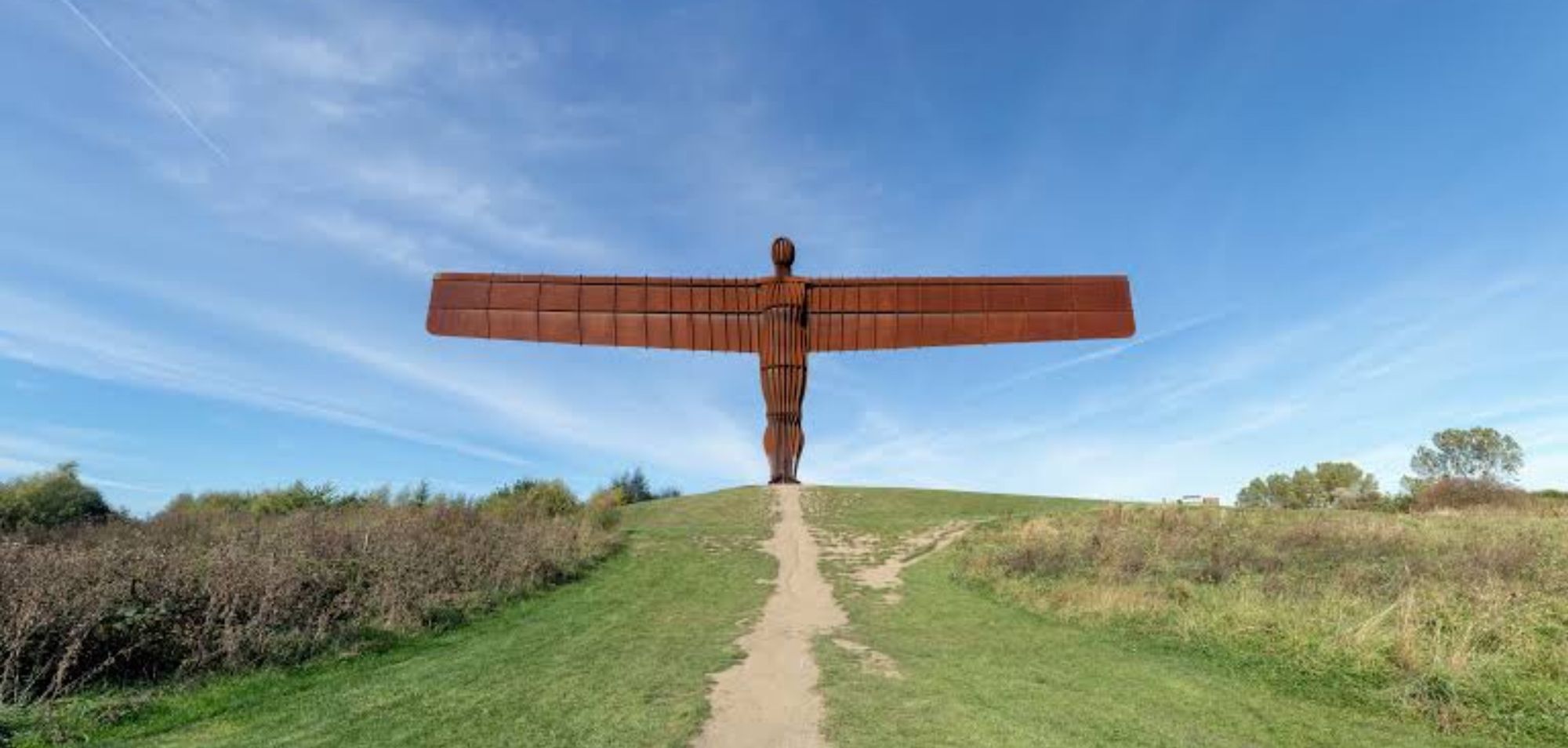
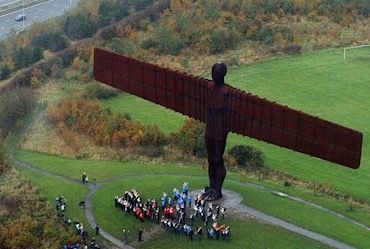
The Angel of the North is located in Gateshead, Tyne and Wear, North-East England and was erected in 1998.
Inspiration
According to Gormley, the significance of an angel was three-fold: first, to signify that beneath the site of its construction, coal miners worked for two centuries; second, to grasp the transition from an industrial to an information age, and third, to serve as a focus for our evolving hopes and fears. (Wikipedia)

In my opinion the Angel of the North certainly passes our Integrity test. I love the idea of the coal miners being remembered especially as I have mining ingrained in my DNA though not from this area. The material from which it is made (weather resistant steel) relates closely to the concept of mining especially as the weathering is turning the steel a red-brown colour which is quite beautiful. And the Angel is definitely very masculine which is most appropriate. We will consider the construction of the angel in more detail tomorrow.
And certainly as a focus for our evolving hopes and fears makes a lot of sense. But does The Angel of the North pass our Art must be Congruent test? Does it stand in harmony with its surrounds?

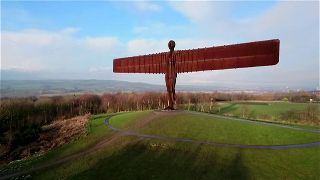
The Angel of the North looks extremely comfortable on top of a hill overlooking the A1 working to keep the travellers a little safer. The tone of the construction blends in beautifully with the natural environment so from my perspective I think it is fabulous. And as Antony Gormley said:
The hilltop site is important and has the feeling of being a megalithic mound. When you think of the mining that was done underneath the site, there is a poetic resonance. Men worked beneath the surface in the dark. Now in the light, there is a celebration of this industry. (ice.org.uk)
However, as you would expect The Angel did arouse some controversy when first erected including a "Gateshead stop the statue" campaign. Nevertheless, over the past 21 years it has become far more popular and is now considered a landmark for North East England and has been listed by one organisation as an "Icon of England". It has often been used in film and television to represent Tyneside, as are other local landmarks such as the Tyne Bridge and the Gateshead Millennium Bridge. (Wikipedia)

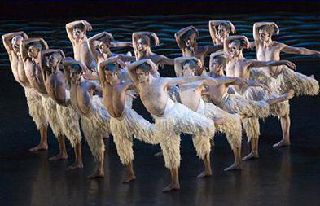
Sir Matthew Christopher Bourne OBE (1960-) is an English choreographer. He altered the traditional story of Swan Lake to be about a human male falling in love with a male swan.
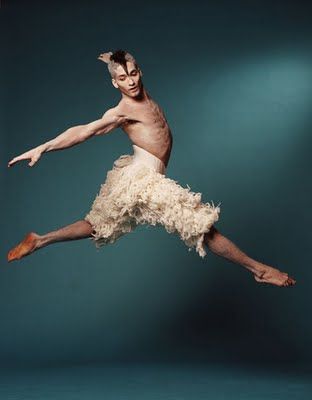
And this is what makes art in all its many forms so wonderful- challenging our preconceived ideas and perceptions of so many aspects of our lives including traditional gender roles. I think Vaslav Nijinsky would have loved to be part of Bourne's male ballet troupe.
